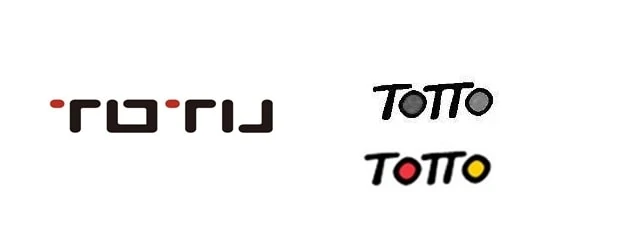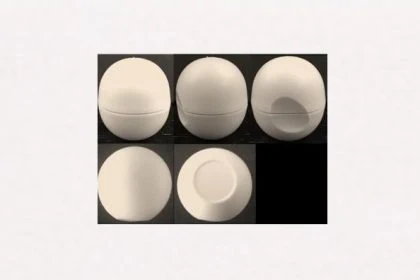No likelihood of confusion between the Union trademarks TOTU and TOTTO, the European Court ruled on the EU trademark dispute Figurative marks, both applied for identical goods. It is particularly interesting that the CJEU did not see any word element in the mark in dispute, although this word element TOTU is referred to in eSearch plus.
TOTU vs. TOTTO – Likelihood of confusion?
The dispute on likelihood of confusion arose when Shenzhen Liouyi International Trading Co. Ltd (China) applied for registration of the black and red figurative sign “TOTU” as a Union figurative mark. Essential Export SA (Costa Rica) brought an action against that trade mark registration, alleging likelihood of confusion with its own EU figurative marks containing the word element ‘TOTTO’, which cover identical goods in Nice Class 18, including travel bags and briefcases, suitcases and school bags.
However, the applicant failed, since both the Opposition Division and the Board of Appeal rejected the appeal. According to the applicant, the mark applied for is an abstract and meaningless figurative sign, whereas the earlier marks are perceived as figurative representations of the word ‘totto’. A phonetic or conceptual comparison is not possible. There is therefore no likelihood of confusion.

Arguments in favour of the word element TOTU
Essential Export SA appealed against this decision to the European Court of Justice (CJEU), which has now ruled in this case. The mark applied for contains the word element ‘TOTU’, which is clearly indicated by the capital letters ‘T’, ‘O’, ‘T’ and ‘U’ formed by the lines and dots of the mark.
Above all, the applicant considered that it was confirmed by the fact that that word element TOTU is referred to in databases managed by EUIPO, such as eSearch plus or TMview. This is because these databases contain the information provided by the trade mark applicant in the applications. Obviously, Shenzhen Liouyi International Trading Co.Ltd itself saw and named the word element TOTU in its trademark.
Perception of the trademark applicant is not relevant
The CJEUnevertheless dismissed the action (EU:T:2020:312). A trade mark must be compared as it is registered or listed in the application for registration and not as it is used by the trade mark proprietors or listed in the database, the CJEU emphasised.
The envisaged possibility for the applicant for an EU trade mark to attach a description of the trade mark to the application provides information on the perception of the trade mark by the trade mark applicant, but in no way on the perception of the relevant public. The latter, however, is the relevant factor in the assessment of likelihood of confusion. And the relevant public would not recognise the word element ‘totu’ in the mark applied for, the Court held. The red dots would be perceived as separating elements rather than as a complement to the black elements of the capital letters TOTU.
Such a perception of that mark by the public is all the more likely because the term TOTU has no obvious meaning in relation to the goods in question. That is all the more true since, according to general case-law, the average consumer normally perceives a mark as a whole. It is only if they are able, on the occasion of the perception of a word sign, to decompose it into word elements which suggest a particular meaning to them or which resemble the words or terms with which they are familiar that those details of a mark must be regarded as relevant to consumers. As an example, the court cited the EU trademark Simply.Connected of Robert Bosch GmbH – we reported on this.
Word element TOTU in eSearch plus and TMview
The fact that reference is made to that word element TOTU in databases managed by EUIPO, such as eSearch plus or TMview, is also an ineffective argument put forward by the applicant Essential Export SA, the Court added. According to Essential Export SA, the inclusion of the information contained in the applications in those databases only provides information about the perception of the marks applied for by the applicant for the trade mark, and in no way about the perception of the marks by the relevant public.
The CJEU therefore dismissed the action in its entirety and upheld the decision of the Board of Appeal. There is no likelihood of confusion between the EU figurative mark applied for.
Do you also want to protect or defend your trademark?
Our lawyers will be pleased to advise you. Please contact us if you are interested – we look forward to your call!

Sources :
Judgement of CJEU, EU:T:2020:312
Image:







Leave a Reply